What does the SCHS collect?
The Society collects items relevant to the history of the Supreme Court of the United States and the federal judiciary. This includes material related to the lives of Justices, the institutional history of the Court and its staff, and the Supreme Court Building. It also collects objects that help illustrate the subjects, people, and places involved in Supreme Court cases, including petitioners and members of the Court’s Bar. Furniture, artwork, decorative arts, and popular culture material may also be considered by the Acquisitions Committee, especially those objects with associations or provenance to the federal judiciary.
The Society works closely with the Office of the Curator at the Supreme Court. This office is responsible for the Court’s permanent collection and processes, catalogs, and stores the objects according to current museum practices. Many objects acquired by the Society are featured in exhibitions created by the Curator’s Office and used to decorate rooms throughout the building. In addition, collection objects including archival material, photographs, and other graphic arts are made available to researchers and used to illustrate Society publications.
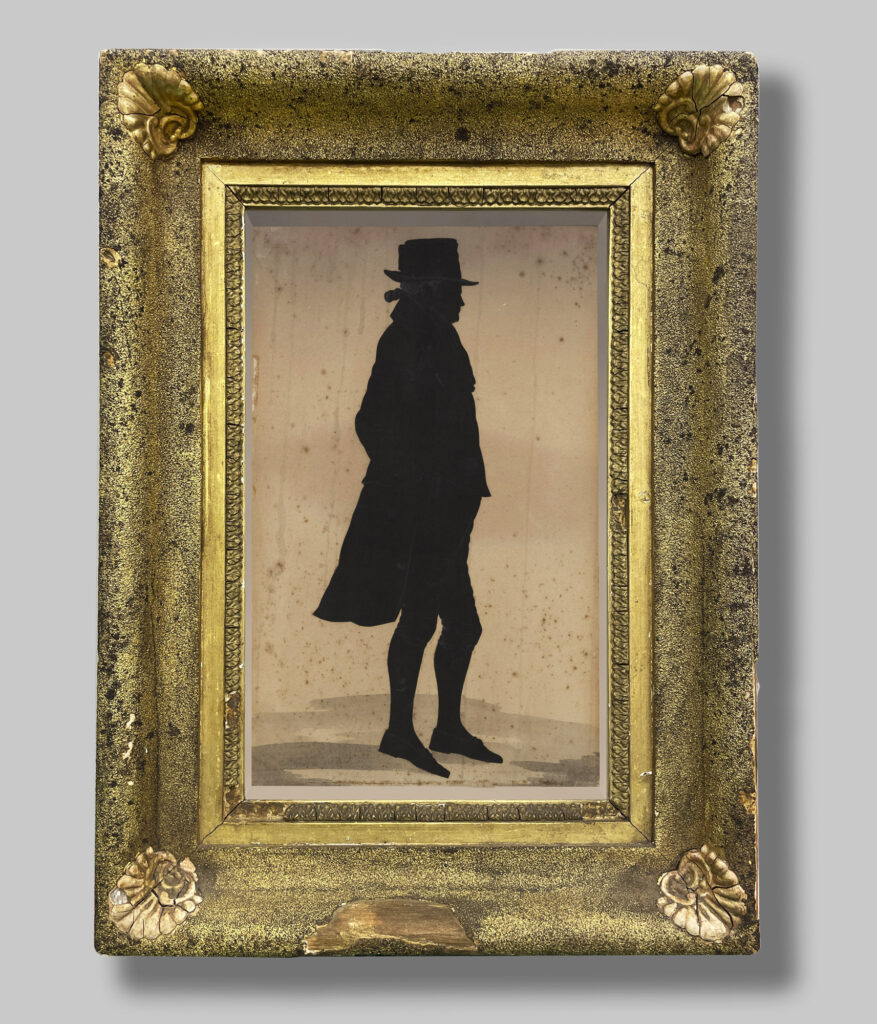
Silhouette of John Marshall
Silhouette of Chief Justice John Marshall, hand cut from life by William Henry Brown, c. 1830.
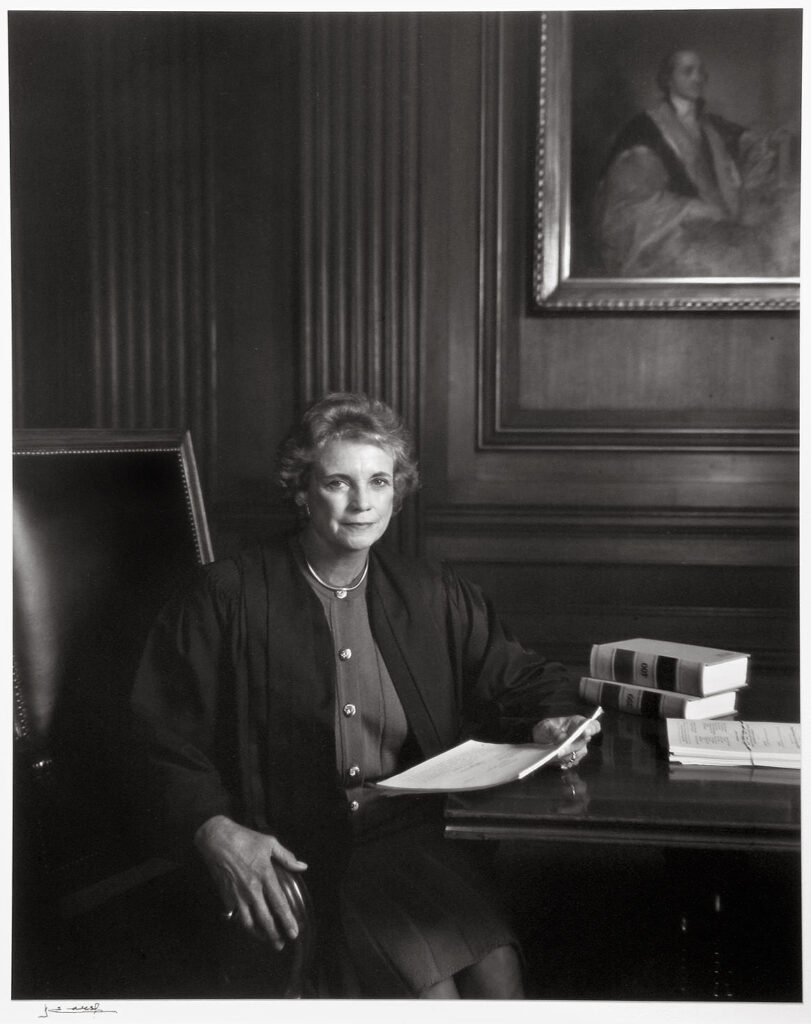
Portrait of Sandra Day O’Connor
Portrait of Justice Sandra Day O’Connor by Yousuf Karsh, 1990. (courtesy of the estate of Yousuf Karsh)
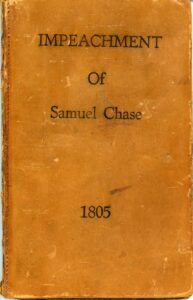
Chase Impeachment Book
Hardcover book on the impeachment of Justice Samuel Chase, published by Angier March, 1805.
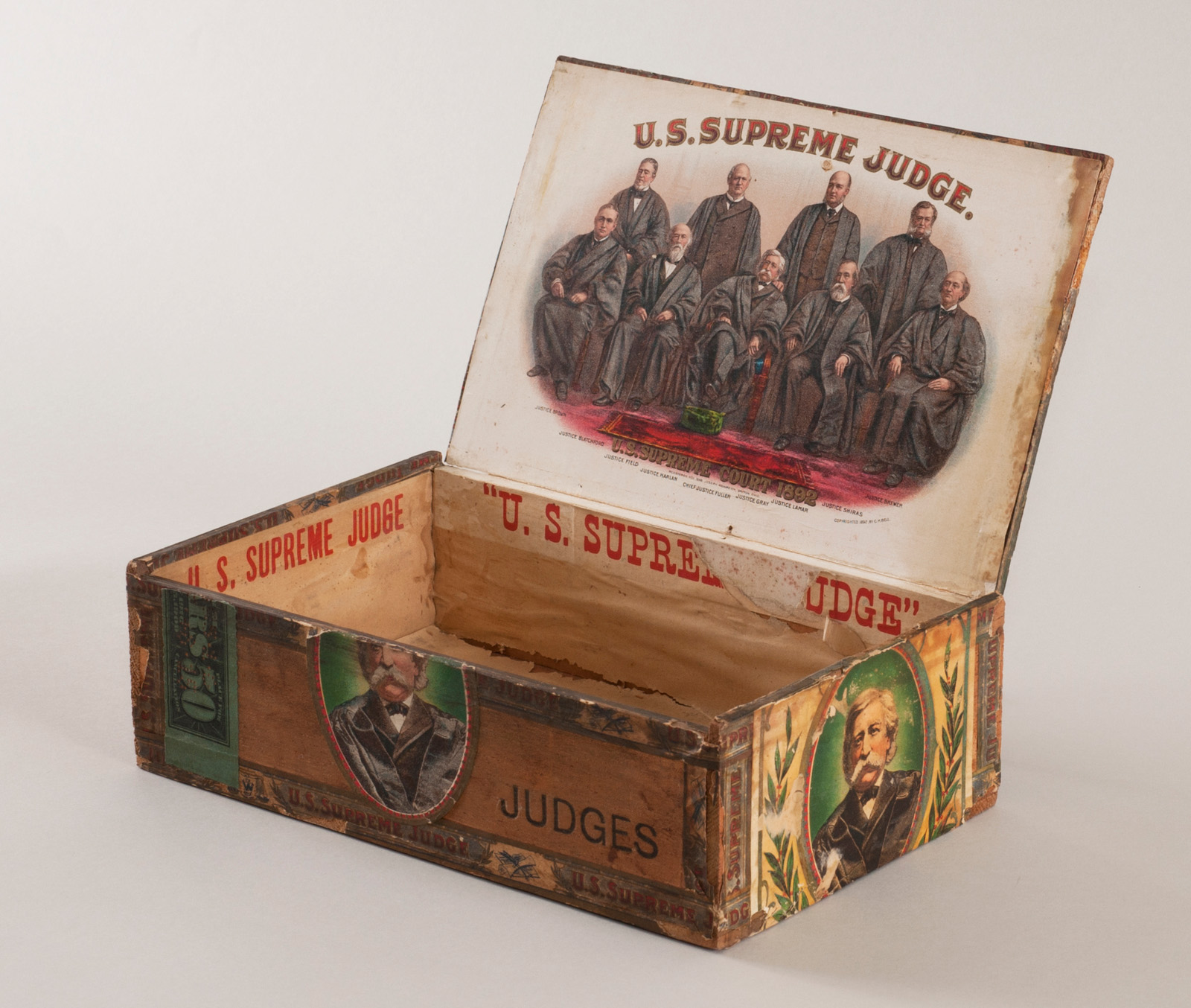
Cigar Box
Cigar box featuring a chromolithograph of the Fuller Court, distributed by The Donald Co., c. 1910.
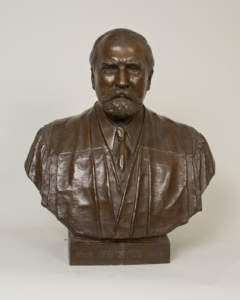
Hughes Bust
Bronze bust of Chief Justice Charles Evans Hughes by Bryant Baker, 1963.
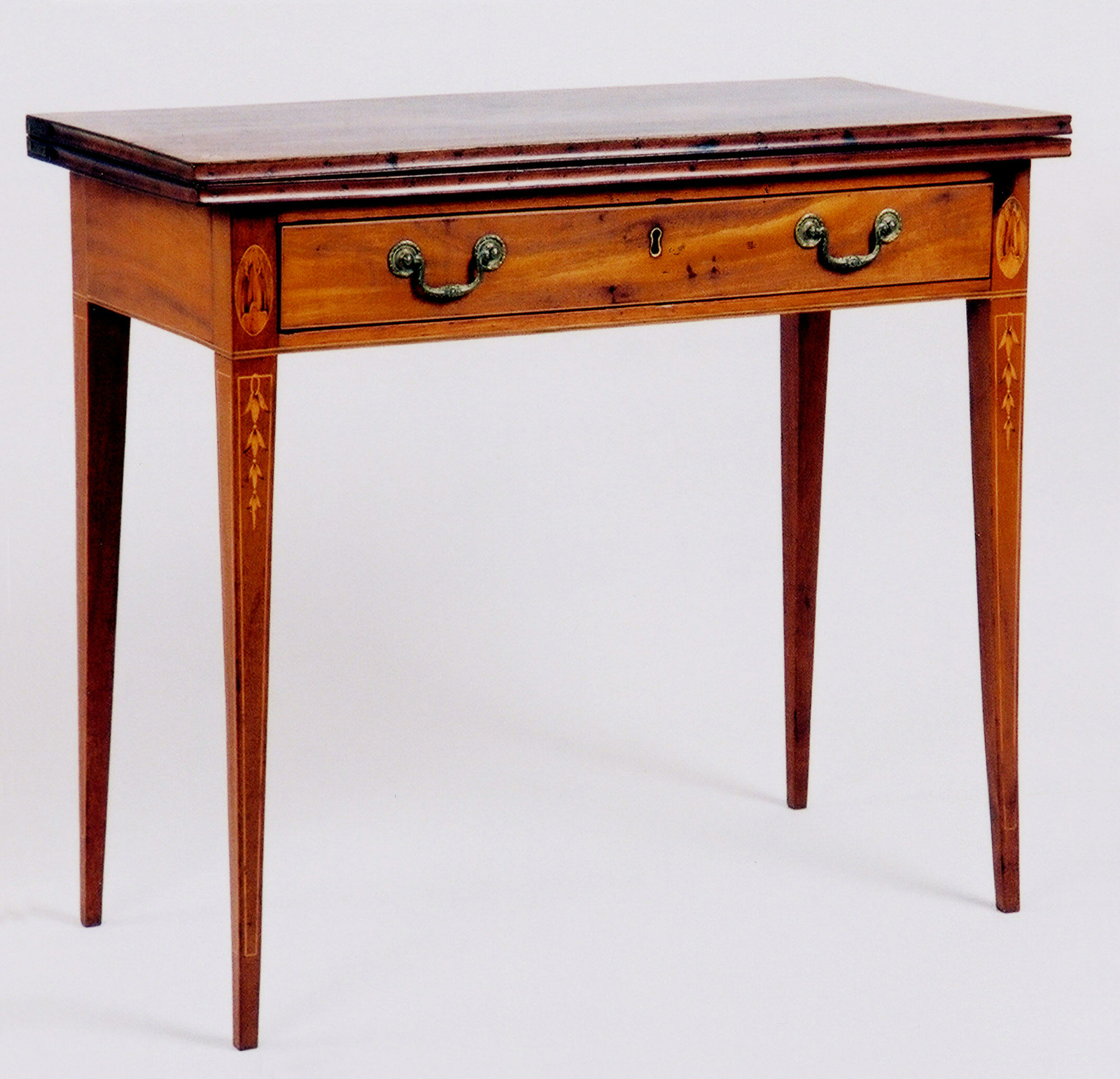
Marbury Card Table
Mahogany card table owned by William Marbury, made by Lawson and Bankson cabinetmakers, c. 1795.
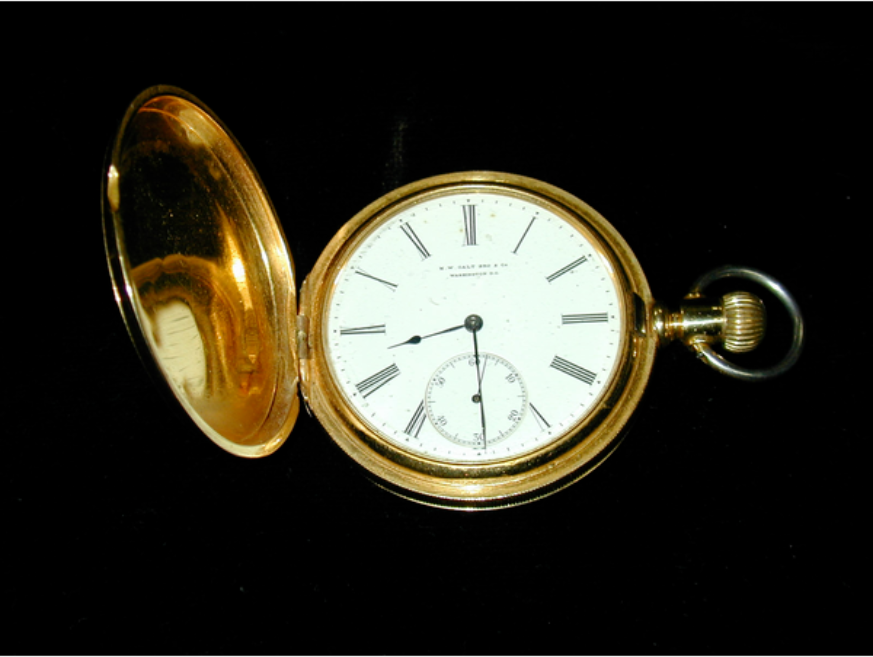
Pocket Watch
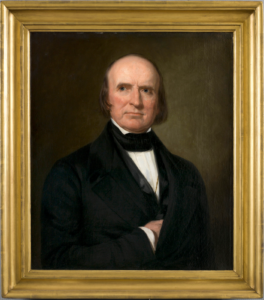
Portrait of John McLean
Bust-length portrait of Justice John McLean attributed to G.P.A. Healy, mid-19th century.
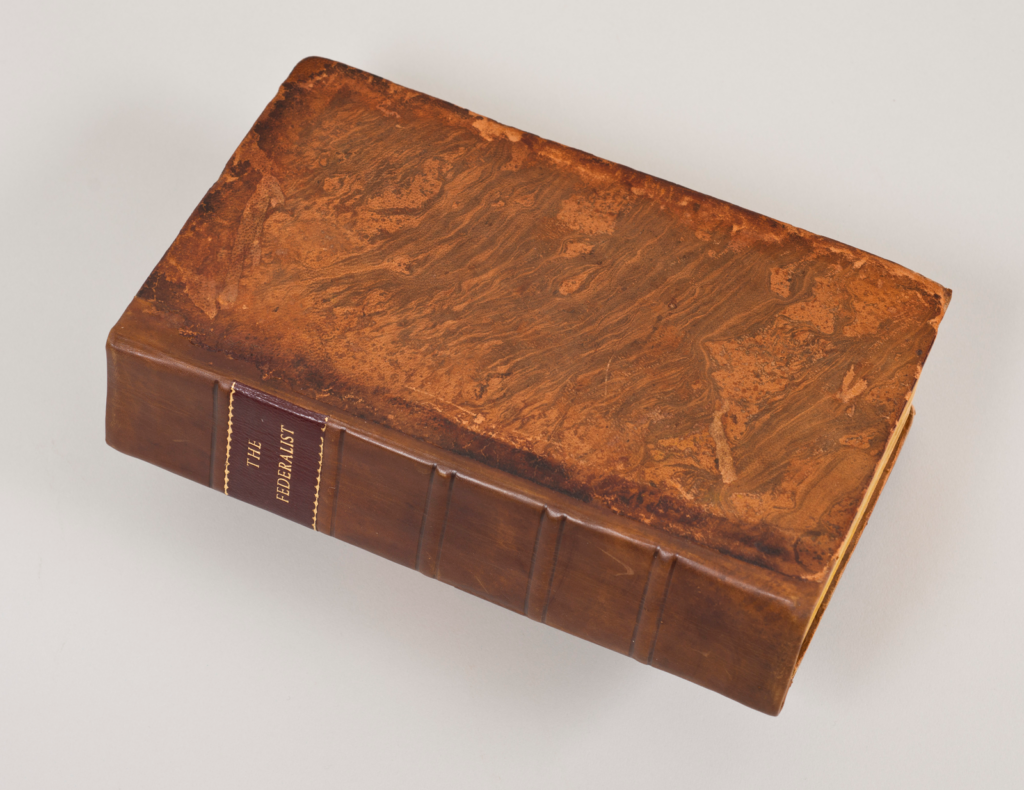
The Federalist
Signed copy of The Federalist belonging to Justice William Johnson, printed and published by Jacob Gideon, 1818.




